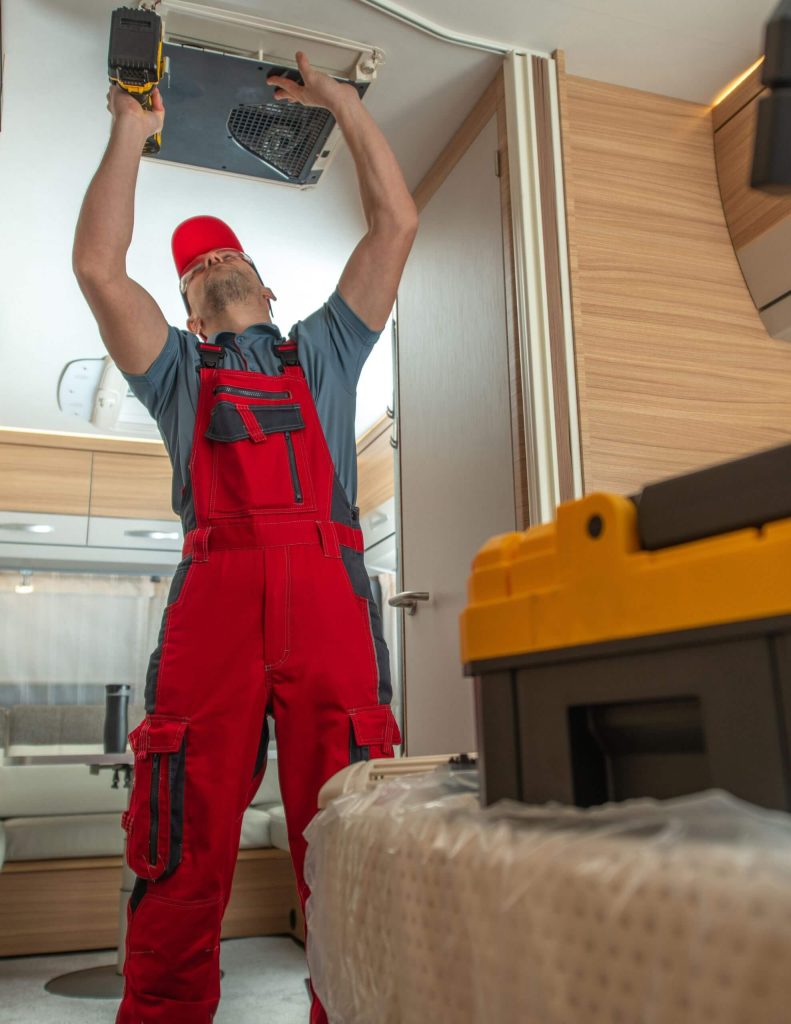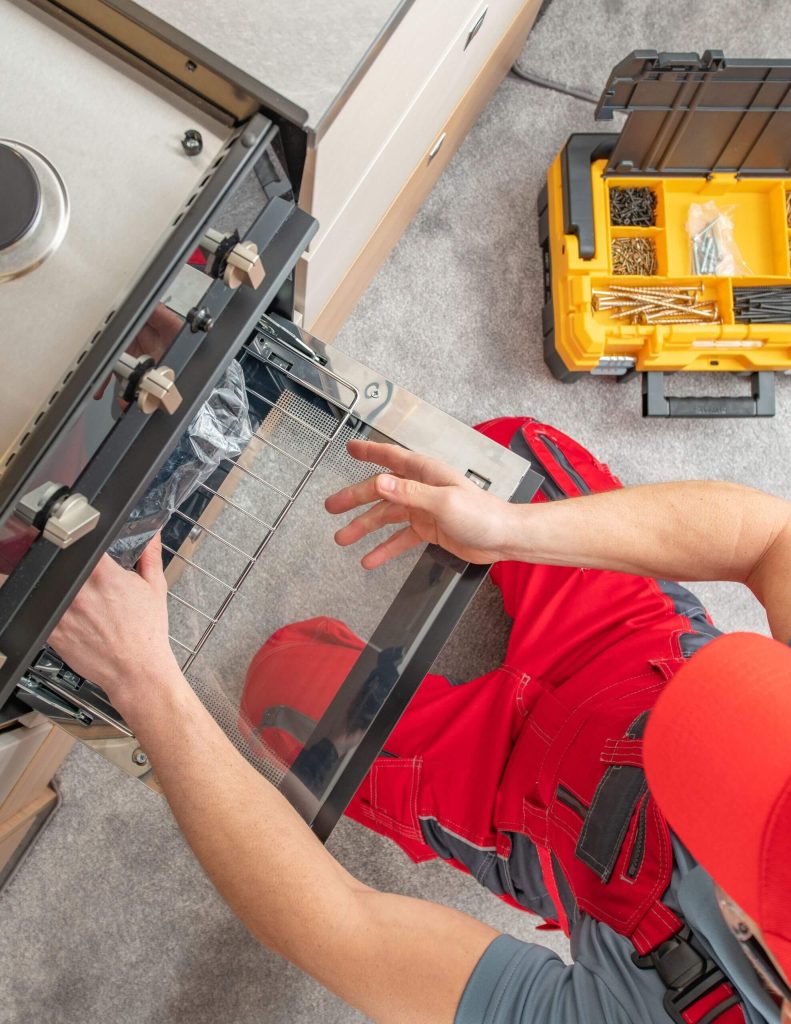Most homeowners think they understand how a home warranty works until they try to use one. That is when the fine print starts to feel like a maze and the “simple” coverage they imagined turns into a series of unexpected surprises. The truth is, some of the most expensive misunderstandings do not come from what is written on the brochure, but from the little assumptions people carry in their heads.
These Home Warranty Myths often hide in the gaps between marketing promises and actual policy terms, quiet enough to go unnoticed until it is too late. Maybe you have heard a neighbor say their warranty covered everything, or that you can sign up after something breaks and still get it fixed. Sounds convenient, right? Unfortunately, those half-truths can cost you time, money, and peace of mind. In this article, we are going to pull those Home Warranty Myths out into the daylight, including some you have probably never questioned before.
Myth 1: A Home Warranty Always Covers You No Matter Who Owns the Home
It is easy to assume that once a home warranty is in place, it will automatically follow the house like an unbreakable promise, no matter who holds the keys. After all, it is tied to the property address, right? Not exactly. In reality, most home warranties do not transfer ownership by default, and the process can be far from automatic.
Many companies require the original policyholder to submit a formal transfer request, often within a strict time window after the sale, such as 30 or 60 days. Others charge a transfer fee, which can range from a small administrative cost to a surprisingly hefty sum. Some providers even restrict which parts of the coverage can be carried over, leaving the new homeowner with fewer benefits than the seller enjoyed.
This misunderstanding can become a costly surprise during real estate transactions, when both buyers and sellers are already buried under paperwork, inspections, moving logistics, and financial decisions. Picture this: a buyer moves in expecting full coverage, only to discover that their claim for a broken water heater is denied because the transfer paperwork was never completed. The result? An expensive repair bill that could have been avoided with one simple step.
Fact: According to Liberty Home Guard, a reputable home warranty provider, when the ownership of a property changes, the existing home warranty must typically be transferred to the new owner and this often requires a transfer fee ranging from $25 to $50, as well as completion of the process within 30 days of the sale for it to remain valid.
Myth 2: All Home Warranty Companies Use the Same Contractors

Many homeowners believe that home warranty companies all draw from the same pool of repair professionals, so the quality of service will be consistent no matter which provider you choose. In reality, each warranty company builds its own network of contractors, and the differences can be dramatic. Some providers have a well-vetted list of licensed, insured, and highly reviewed technicians, while others rely on whoever is available in a given region, which can result in uneven service quality.
Certain companies do not allow you to choose your own repair person, meaning you are limited to their approved network even if you have a trusted local plumber or electrician. In contrast, a few providers offer more flexibility and will reimburse you for work done by your preferred contractor, provided you follow their claim process.
The takeaway is clear: before you sign a home warranty agreement, ask how contractors are selected, what qualifications they must meet, and whether you can use your own trusted service provider. This information can make the difference between a quick, professional repair and a frustrating service experience.
Fact: Home warranty companies do not all use the same contractors. Each provider has its own network, and only some allow you to hire your own technician with approval. Always check a company’s contractor policy before signing a plan.
Around 40% of home warranty providers arrange for a repair technician to visit within two days after receiving a claim. (Home Warranty Statistics & Facts)
Myth 3: You Can Wait Until Something Breaks to Buy a Warranty and Still Get It Covered
Many people treat home warranties like an emergency parachute, assuming they can buy one the moment something goes wrong and immediately get the repair covered. In reality, most home warranty companies have a waiting period, often around 30 days, before coverage begins. This is designed to prevent people from purchasing a plan only after an appliance or system has already failed.
On top of that, warranties typically exclude pre-existing conditions, which means if the problem existed before you bought the plan, even if you did not notice it, it will likely be denied. For example, if your air conditioner stops working in July and you sign up for a warranty the next day, you will probably have to pay for that repair out of pocket. The best approach is to purchase a warranty while everything is still functioning so you are protected when unexpected breakdowns happen in the future.
Fact: Most home warranty plans have a waiting period of about 30 days before coverage starts, and they do not cover pre-existing issues. Buying a warranty after something breaks will almost always result in a denied claim.
Myth 4: Home Warranties Cover Everything in Your House

It is a common misconception that a home warranty acts like a blanket policy, automatically covering every appliance, system, and fixture in your home. In reality, coverage is limited to the specific items and conditions listed in your contract. Many warranties exclude cosmetic damage, structural components, outdoor features, specialty appliances, and anything considered a pre-existing condition.
Even covered items may have payout caps, meaning the warranty will only pay up to a certain amount for repairs or replacements. For example, your refrigerator may be included in the plan, but the ice maker could be excluded, or the coverage amount may not fully cover the cost of a high-end model. The key is to carefully read the service agreement, paying attention to coverage limits, exclusions, and optional add-ons, so you understand exactly what is and is not protected before a breakdown occurs.
Fact: Home warranties cover the specific items and conditions listed in the contract, and many exclude things like cosmetic damage, outdoor features, and certain parts of covered appliances. Even when an item is included, payout limits and exclusions for components, such as ice makers or ductwork, can leave homeowners paying part of the repair cost themselves.
Myth 5: Filing a Claim Is Too Complicated to Be Worth It
Some homeowners avoid using their home warranty because they believe the claims process will be slow, frustrating, and packed with red tape. While this may have been true years ago, many home warranty companies now offer simple, streamlined ways to file a claim, often through an online portal or mobile app that takes just a few minutes to complete.
In most cases, all you need to do is describe the issue, provide basic details such as the make and model of the appliance or system, and pay the service call fee. From there, the company assigns a contractor to contact you and schedule the repair. Delays and frustrations usually happen when claim requirements are not fully understood, such as failing to provide requested documentation or waiting too long to report a problem.
Knowing the steps in advance and keeping records of your appliances, maintenance, and repairs can make the process smooth and stress-free, allowing you to take full advantage of your coverage.
Fact: Many home warranty providers now make filing a claim quick and straightforward, with most offering online forms, mobile apps, or 24/7 phone lines. According to several major companies, the average time to submit a claim online is under 10 minutes, and a contractor is typically assigned within one to two business days.
Conclusion
Home warranties can be a valuable tool for protecting your budget and keeping your home running smoothly, but only if you understand exactly how they work and avoid falling for common myths. Believing that coverage automatically transfers between owners, assuming all companies use the same contractors, or thinking you can sign up after something breaks can lead to costly disappointments.
Likewise, expecting a warranty to cover every single item in your home or avoiding claims out of fear that the process is too complicated can prevent you from using your plan to its full potential. By learning the facts, reading the fine print, and asking the right questions before you sign, you can choose a warranty that truly fits your needs. In the end, knowledge is your best protection, turning your warranty from a misunderstood promise into a practical safety net for your home.
0 Comments